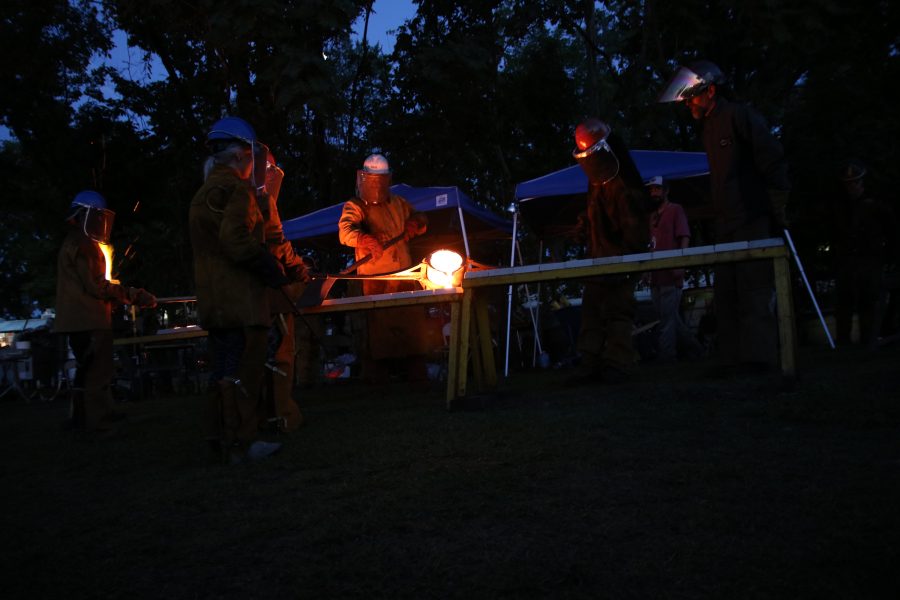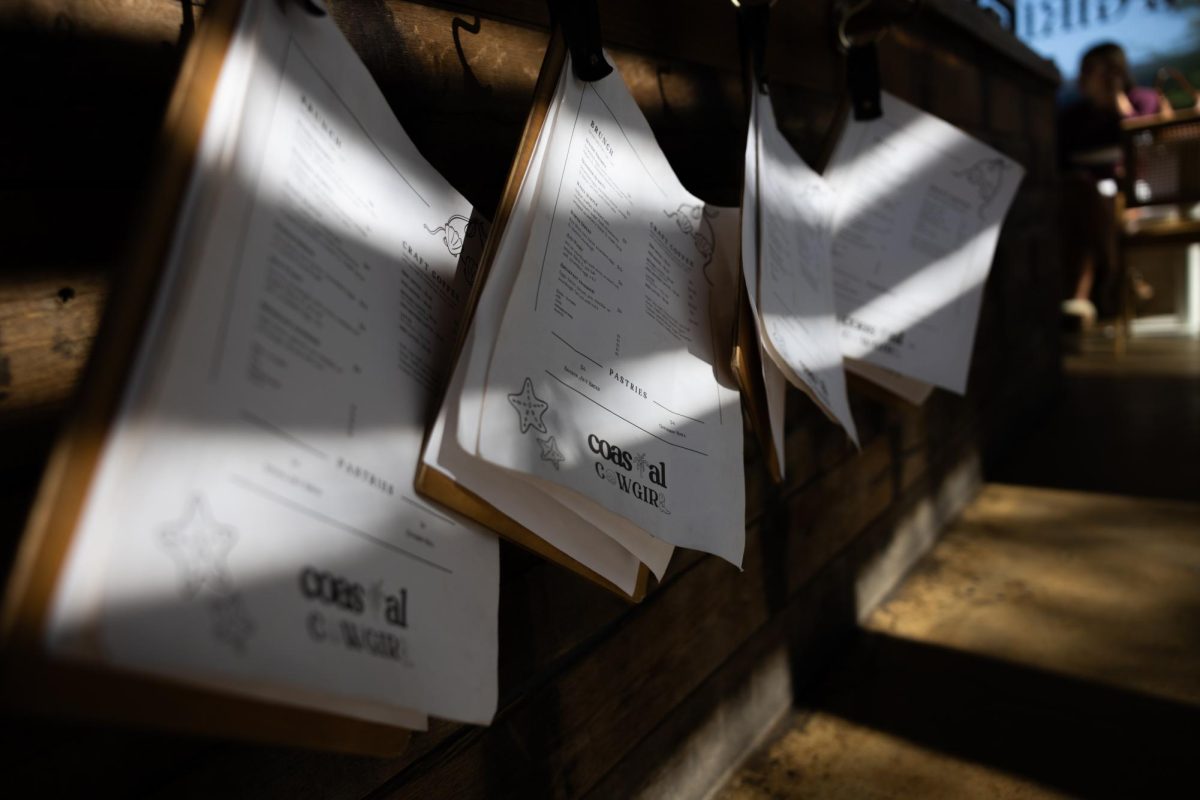At the hottest point of Sloss Fest 2016 in Birmingham, Alabama, it was nearly 98 degrees. Multiply that by a factor of nearly 300 and you’d have the temperature that it takes to melt the iron that made Birmingham what it is today.
Though the city no longer depends on iron production to drive its economy, the industry’s legacy is kept alive through Sloss Furnaces. One of the first industrial sites to be preserved as a national landmark, the 134-year-old, 32-acre blast furnace plant has seen a recent resurgence as a cultural hub of Birmingham, becoming a home for concerts, cookoffs, haunted houses, beer festivals, and both music and arts festivals like Sloss Fest.
While the festivals come and go after a few days, the resident artists of the Sloss Metal Arts program, sponsored by the non-profit Sloss Foundation, work year-round to maintain Birmingham’s ties to its foundry roots by creating cast iron art and in turn keeping the iron pouring process alive at Sloss.
“Sloss is little bit of a vortex,” program director Marshall Christie said. “It just kind of sucks you in once you’re in the loop. So slowly but surely, I became more involved.”
For Christie, a Birmingham native, Sloss was the perfect way to get out from behind a computer. A Mississippi State graduate – only because Alabama did not have an architecture program at the time – Christie began using the medium as a creative outlet in the early 2000s, but got more invested as time wore on.
As someone who has always loved hands-on work, Christie was first attracted to iron pouring as a reprieve from his architecture desk job. He eventually left the firm and began building wood and metal furniture on his own time, but always stayed involved with the metal arts program.
Christie said it has been hard sometimes to see such an important part Birmingham’s legacy ignored, but the rising cultural significance of Sloss has brought it back to its deserved prominence.
“The focus on Sloss has been lacking over the years,” he said. “I mean, it’s the reason Birmingham is here as a city. It’s one of the only places in the world that has coke, limestone and iron ore all within the same proximity. It’s as much a part of the city’s history as anything, so it’s been difficult for me to see it underserved.”
Big events like Sloss Fest, Christie said, have compelled the city to put more effort, both physical and financial, into the upkeep of the furnaces, as well as other civic ventures like Railroad Park.
“It does a lot of good for the entire city to invest in these landmarks,” Christie said. “It’s a huge site – it takes a lot of work and it needs more, but seeing it start to build has been really awesome.”
The increased focus on Sloss has also done a lot of good for the local art scene.
While many wouldn’t think of Birmingham as an artistic center, senior artist in residence John Stewart Jackson believes that’s changing with Sloss’ revival.
Jackson, also a Birmingham native, first learned about Sloss metal arts as a student at Birmingham-Southern College and began working with the program in 2001. Even after a seven-year stint in Singapore studying every type of art but metal, he said Birmingham was the only place he wanted to come back to when he returned to the U.S. in 2014.
“Working at a national historic landmark of this magnitude that’s so understated and has, pardon the pun, such a heavy history… you feel the weight of that history working here,” said John Stewart Jackson, senior artist in residence. “There are a lot of artists from all over the United States who come here and keep coming back, to take a break or to revitalize.”
When Jackson first returned from overseas, he said he was surprised to see just how much the city has grown.
“A little perspective shows you how much growth has happened here in Birmingham, and across the state even,” Jackson said. “There’s a lot of momentum and energy. People are buying stuff and making stuff, the younger generation is getting involved… it’s nice to see the millennials are interested in getting sweaty, making some process-heavy stuff and burning stuff.”
One member of that younger generation is Ajene Williams, artist in residence and Magic City Art Connection’s 2016 Emerging Artist winner. The 23 year old, who graduated from Woodlawn High School just down the road from Sloss, had never had a day of metal training before he attended a summer youth program on a recommendation from his art teacher.
“I had no idea about wax and iron and all that, I was just used to drawing comics and stuff like that,” Williams said. “But when I got here I found a new passion – I’d never made anything pretty before.”
Williams won the art show held at the end of the summer, and the program asked him to come back as a paid intern.
“Ever since then, I’ve just been making iron,” he said.
What Williams enjoys making the most is human figures, modeled after the historical Sloss workers. One day, he said, he plans on making life-sized models of the workers and placing them around the grounds, walking around, turning wheels, eating lunch and building parts as they would have 100 years before.
“It would be like Sloss is still alive,” Williams said. “They’d have their own minds, state of minds, I guess… I’d have to get a commission, I can’t afford it right now. It might take me a whole lot of years, but one day, I’ll pay for it myself, and I’ll do it.”









